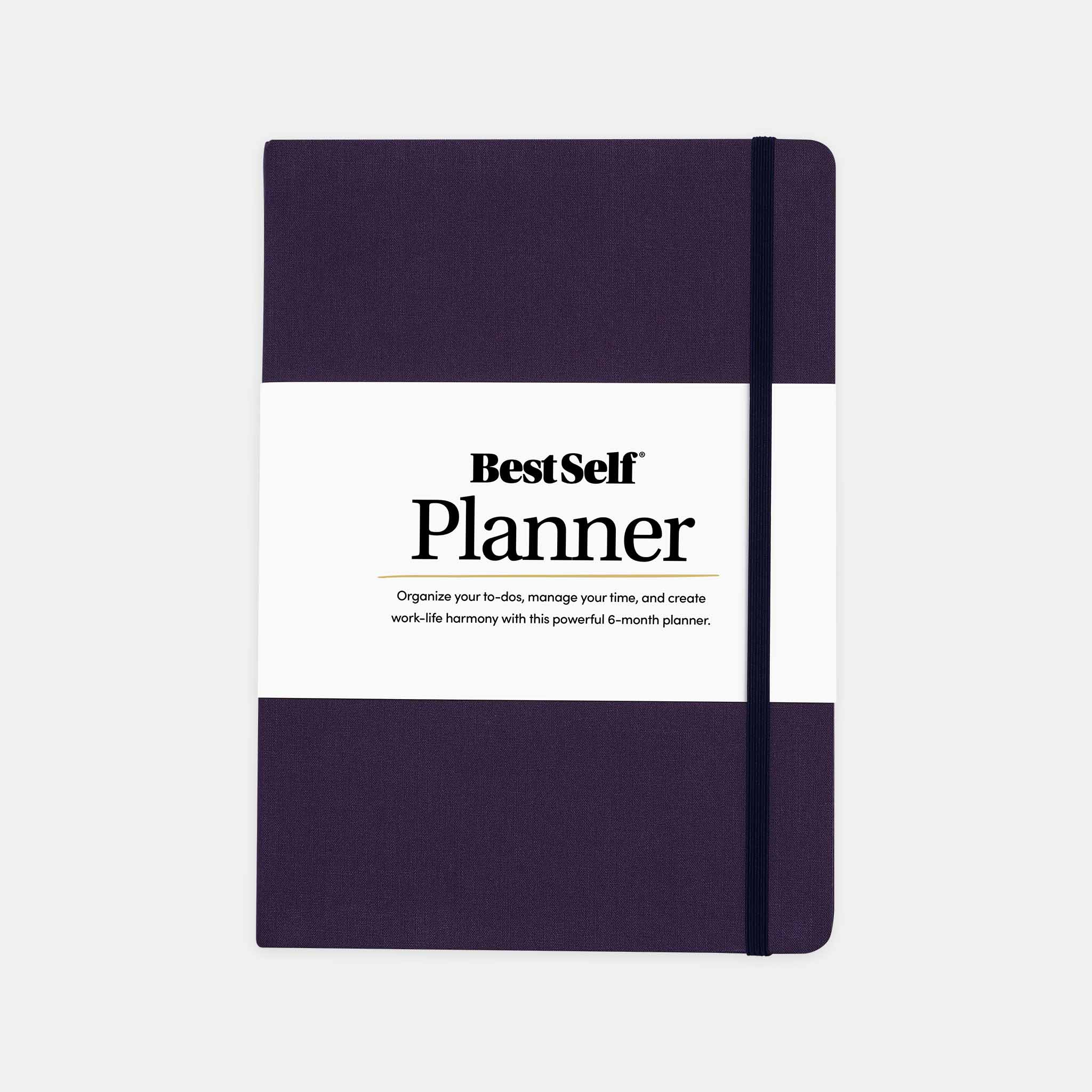The dirty little secret behind success in the modern age is that it’s tougher to achieve than ever before. Sure, there are more tools now to help you along your way, but that often results in more distractions. Throw in the fact that we’re all charged with doing more with less, and successful time management is more difficult than it ever has been.
But there is a secret that high-achievers use to manage and avoid the sheer overwhelm: setting a daily routine.
It’s a time-tested practice of successful people of all types, as you’ll see below.
But it’s about more than just ticking off the items on your daily to-do lists; setting a routine and establishing helpful habits can lead to greater achievement. It can also help you feel a deeper sense of meaning in your life. Even better, we’ll show you the steps you need to get started on your new goal of developing a successful routine.
But first, WHY is it important to set a healthy daily routine?
Simply put, following a daily routine benefits our brains by cutting down on multitasking and decision fatigue. By following a structure, you’re able to turn daily tasks into habits while spending less mental energy in the process. It also promotes focusing on single tasks, which conserves your mental load for the more complex issues that pop up during the day. As this article in the New York Times points out, that actually optimizes your brain for more creative and innovative thinking.
If you need further proof, there’s actually science behind the benefits of having, and sticking to, a daily routine.
For starters, they’re vital to our development as humans. Experts have found that giving a child a consistent schedule builds confidence, organization, self-control and independence while also helping the brain develop properly .
The benefits certainly don’t end in our infancy as researchers have recently discovered that subjects who lived by a consistent schedule also tended to attach a greater meaning to their lives.
Don’t believe a daily routine is important? Check out these daily routine examples of top performers.
Winston Churchill woke up at 7:30 am. He stayed in bed to eat breakfast, catch up on the news and dictate to his assistants. By 11:00 am, he’d head out to take a walk and start work for the day (always with a whiskey and soda!). At 1:00, he’d take a break for lunch and often play cards with his wife until 3:00 pm. After working for a few more hours, he’d take a quick 30-minute nap at 5:00 pm to recharge in time for dinner. Then he'd be off for drinks with friends at 5:30 pm. At midnight, he’d squeeze in an hour of reading before heading to bed.
But that’s just one man. Mason Currey has compiled the daily habits of some of the world’s most successful people in his book, “Daily Rituals: How Artists Work”,
Maya Angelou woke up at 5:30 am and had coffee with her husband at 6:00 am. She then would be off to work by 6:30 am in a small hotel room she reserved for writing only. By 2:00 pm, she’d wrap up for the day and head home to re-read her work, disconnect, and prepare dinner.
Novelist John Grisham would wake up at 5 a.m. in order to arrive at his home office desk by 5:30. There, he would write one page before heading to his day job as a lawyer.
Toni Morrison drinks a cup of coffee and watches the sun come up before she sits down to write.
But it’s hardly just writers who stick to a schedule. Presidents (Barack Obama, George W. Bush), Philosophers (Immanuel Kant) and visionaries (Benjamin Franklin) -- some of the world’s great do-ers -- have used well-defined daily routines to accomplish more in their 24 hours.
The Secret To Making Success A Habit
A routine is simply the set of habits that help you get things done. Chances are, you already have one -- think of all the things you do before you begin your workday.
The key to establishing a daily routine for success is to create new habits based on your higher-level goals (we call these Result Goals). You can make them as automatic as getting dressed in the morning (or early afternoon).
While it may sound daunting -- we all know habits can be hard to break -- studies show that goal-based habits are actually easier to establish.
And if you’re the type who has trouble sticking with something like this, the 13-Week Roadmap section of our Self Journal points out that scientists have found that “goal setting is one of the easiest ways to increase motivation and enhance performance.”
So, start by identifying your goals. They’ll let you know which habits you’ll need to make AND provide the motivation to do it.
Use Your New Habits to Make Your Own March
Let’s say your Result Goal is to double your quarterly revenue. It’s nice and actionable. By breaking it into a smaller chunk than a year-long goal, you’ll be less likely to become distracted.
But how do you create habits from that?
Using our Self Journal as a guide, you’ll then break that goal down into Progress Milestones, which are the trackable, measurable benchmarks you’ve identified that will lead to achieving your goal. Following our revenue example, your progress milestone might be to convert 13 prospects into new clients.
The goal is to figure out which day-in, day-out Actions and Tasks are needed to get you there. Then, you can turn those tasks into daily habits.
We call this the “20-Mile March." It's a reference to the story of two teams racing to the South Pole in 1911. The team that trudged through 20 miles per day, regardless of weather, bested the team that bunkered down during blizzards and tried to make up ground when the conditions improved. That 20 miles per day turned out to be a pretty successful daily habit.
It’s that consistent progress that we modeled our 13-Week Roadmap after. In order to land 13 new clients this quarter, your “20-Mile March” could be to make 15 cold calls per day and attend two networking meetings per week. And with consistency, those actions will turn into the habits that lead you to your Progress Milestones and Result Goals.
Make Time for Your New Habits With Time Blocking
A routine is only as successful as your willingness to adhere to it. The countless distractions that fly your way throughout your day can make it especially hard. The best shield against this onslaught is time blocking. It’s a topic worthy of its own post, which we covered here.
We recommend a well-rounded routine, so be sure to make time for your Personal and Health-related goals, too. Don’t forget to block out time for some helpful habits before 9 a.m. and after 5 p.m.
Make Sure You are Rigid, but Your Routine is Flexible
Adherence and discipline are key. But don’t be afraid to admit if something isn’t working. If you just haven’t been giving yourself enough time to connect with your employees or get your busy work done, you can adjust. If you’re consistently missing your Progress Milestones, develop a new plan. Your daily actions and progress milestones aren’t your destination, they’re the steps toward it. And as with any road map, there are many ways to get where you’re going.
Some vital steps to follow:
Actively track your goals and progress daily
Reflect on your progress daily
If you’ve been successful, reward yourself. This will give you the positive reinforcement you need to keep going, especially if your ultimate goal is still a month or two away. This will keep you engaged.
If you haven’t been successful, figure out why and adjust. Rather than get discouraged by your lack of progress, let the ability to adjust your direction energize you.
Setting up an actionable routine, and giving yourself attainable, measurable steps toward your goals not only makes your day and duties more manageable, it optimizes your brain for success. By using these techniques, you can take control of your time and success by developing the habits of a successful daily routine.




































